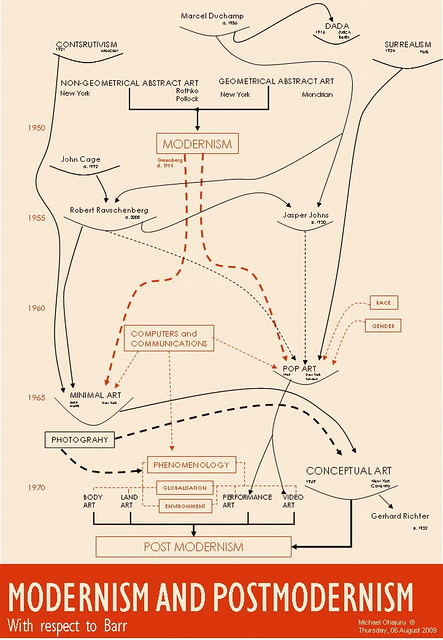 |
Katharina Fritsch’s Hahn/Cock
Aug '13 Photo © The Author |
The pieces chosen for the fourth plinth in London's Trafalgar Square seem to be falling into the same pattern of much of contemporary public art today; they're Big, they're in a Unlikely place and they're Monochrome.
Look at Jaume Plensa’s
Dream, visible from the M62 on the way into Liverpool; a white, 20m high structure of the thin, ashen face of a nine year old child; the planned
Ebbsfleet Landmark Project By Mark Wallinger at 40 to 50m impossibly, high white horse by the A2 visible to drivers to and from Ebbsfleet; Damien Hirst’s 20m
Verity sinisterly, overlooking Ilfracombes’s harbour
The fourth plinth works seem to following this contemporary convention as most have been big pieces, in the unlikely setting of the plinth and with few exceptions, monochrome as seen in Elmgreen and Dragset ,
Powerless Structures, Fig. 101 or Marc Quinn’s
Alison Lapper Pregnant and now Katharina Fritsch’s
Hahn/Cock its plaque reads:
Hahn/Cock is a sculptre of a familiar domestic cockerel in ultramarine blue, made from fibre glass reinforced resin and fixed on a stainless-steel support structure.
The sculpture is 4.72 Meters high and weighs 800kg
Further that commonality of compositions perhaps has it source in the fact that three out of the six works artists’ share the same dealer – the White Cube – despite there being of thousands of dealers across the country with at least 500 in London.
 |
Elmgreen and Dragset , Powerless Structures, Fig. 101
Photo Aug '12 © The Author
Marc Quinn’s Alison Lapper Pregnant
Photo Feb '07 © Fred Penfold |
The artists invariably claim to bring ‘fun’ to art as well as addressing issues on the borders of some human emotion or physical dilemma. In Fritsch’s case
Hahn/Cock “plays on the tension between reality and apparition, between the familiar and the surreal or uncanny” according to her publicists aka dealers -
White Cube - on their web site.
For me, there is no aesthetic content in this cock at all, it is kitsch; on a par with mass produced blow moulded wellington boots ‘She captures and magnifies the uncanny’ her defenders say. Cock, uncanny ? Sigh! Nonsense!
 |
National Gallery, St Martin's, Hahn/Cock, Nelsons's Column
Photo Aug'13 © The Author and iPhone |
This is art as spectacle, for tourists. This is ornamentation. Decoration. A backdrop to countless thousands of Trafalgar Square sightseers’ digital photographs, period.
There has been one work on the plinth that has worked for me, Yinka Shonibare's
Nelson's Ship in A Bottle. Yes, it's a cliché, a re-working of his trade-mark wax cloths nevertheless it works for me, proof that Fourth Plinth art can be more than a Big piece in an Unlikely place and Monochrome!
 |
Yinka Shonibare, Nelson’s Ship in a Bottle
Photo Sometime after May '10 © The Author
|




























